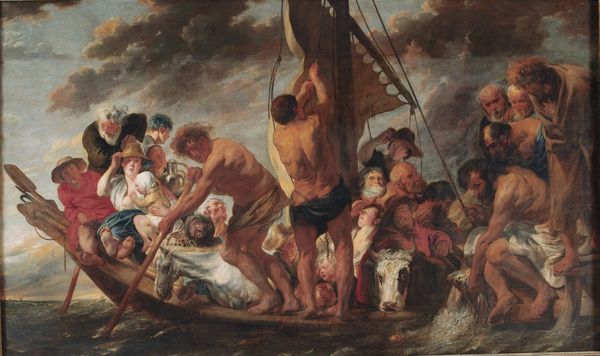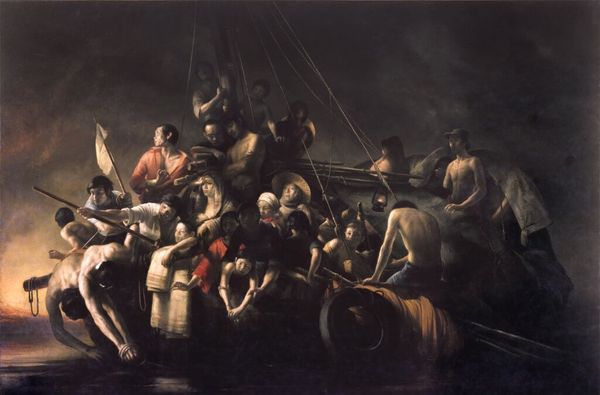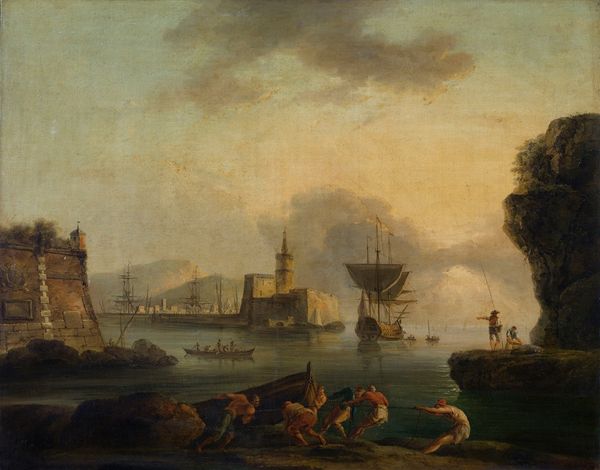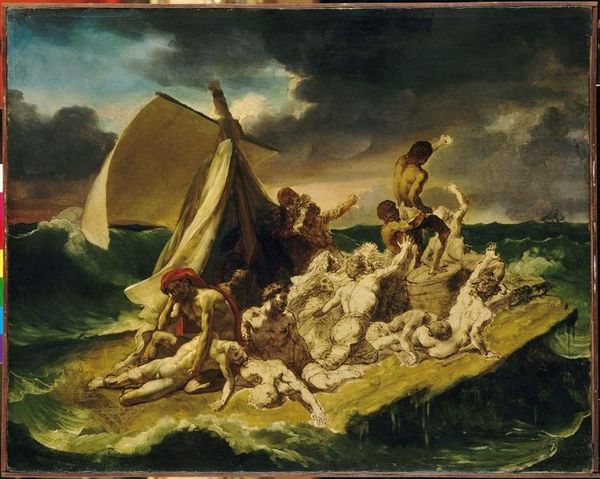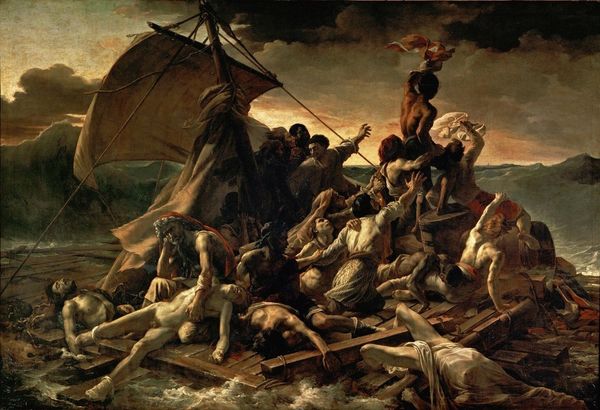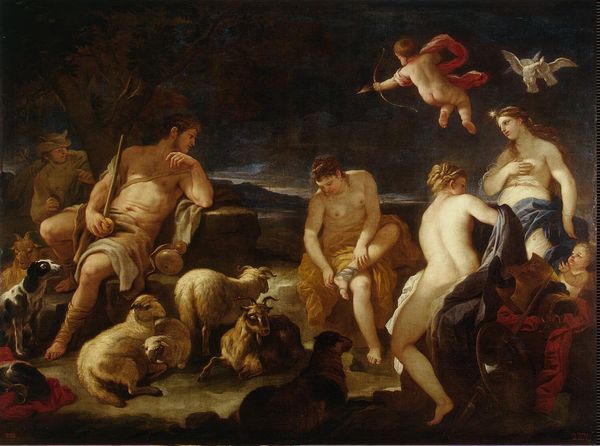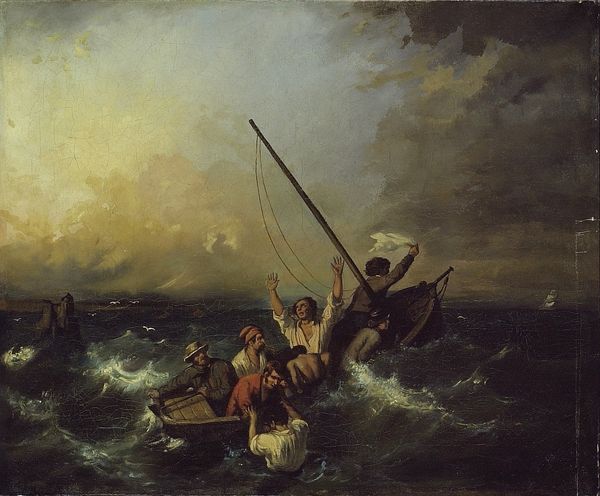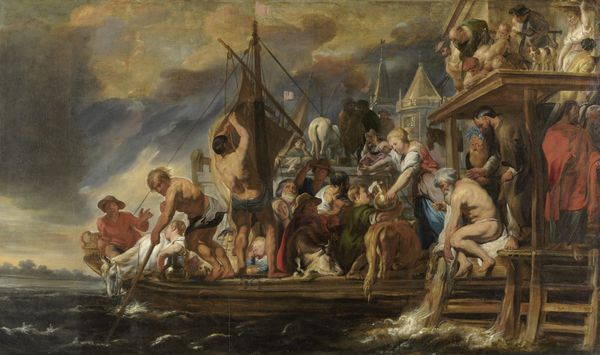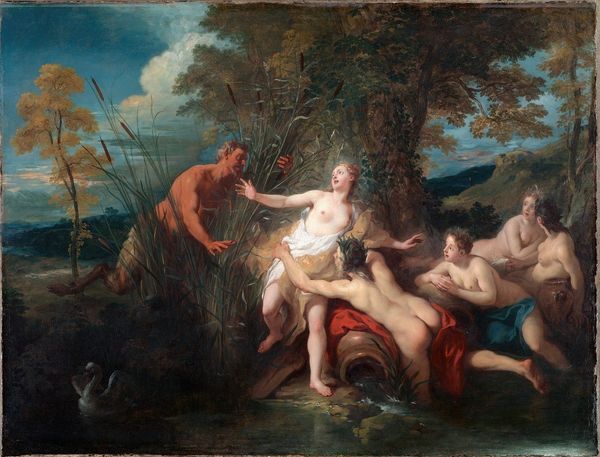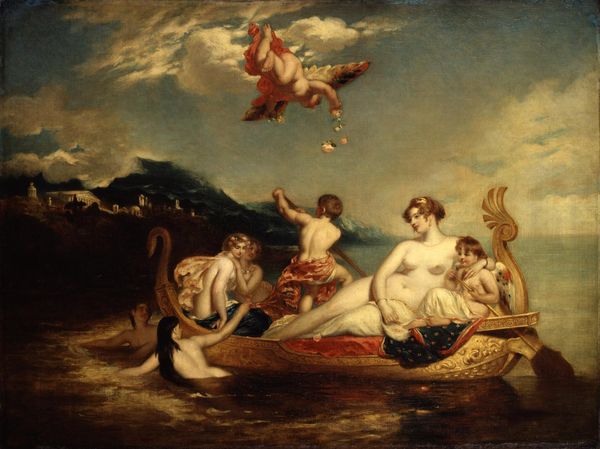
oil-paint
#
baroque
#
dutch-golden-age
#
oil-paint
#
landscape
#
oil painting
#
genre-painting
#
nude
Copyright: Public domain
Nicolaes Maes painted “The Bath” in the Dutch Republic during its Golden Age, a period of unprecedented wealth and cultural achievement. The image of nude figures frolicking in the water may seem timeless, but it's important to consider the social and economic forces that allowed such a scene to be created and appreciated. The Dutch Republic was a mercantile power, with a growing middle class eager to display their wealth and status through art ownership. Artists like Maes responded to this demand by creating works that celebrated the pleasures of life, while also reflecting the values and anxieties of the time. To fully understand this painting, we need to consider the role of the art market, the patronage system, and the prevailing social attitudes towards nudity and leisure. By consulting historical documents, such as merchant records, guild regulations, and contemporary accounts, we can gain a deeper appreciation for the cultural context in which “The Bath” was created. Only then can we begin to grasp its significance as a reflection of a particular moment in history.
Comments
No comments
Be the first to comment and join the conversation on the ultimate creative platform.

